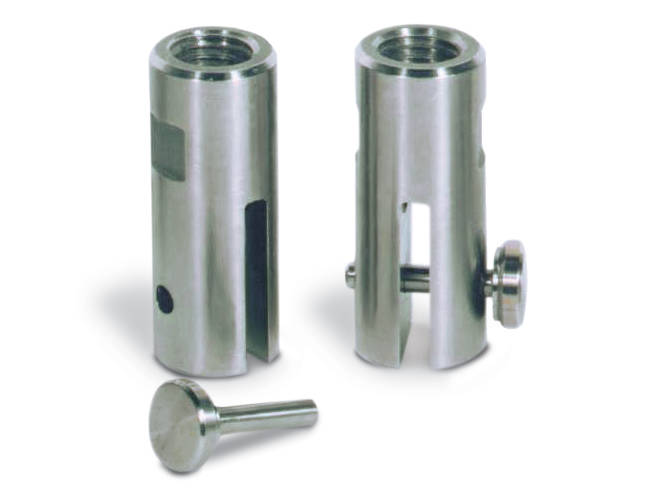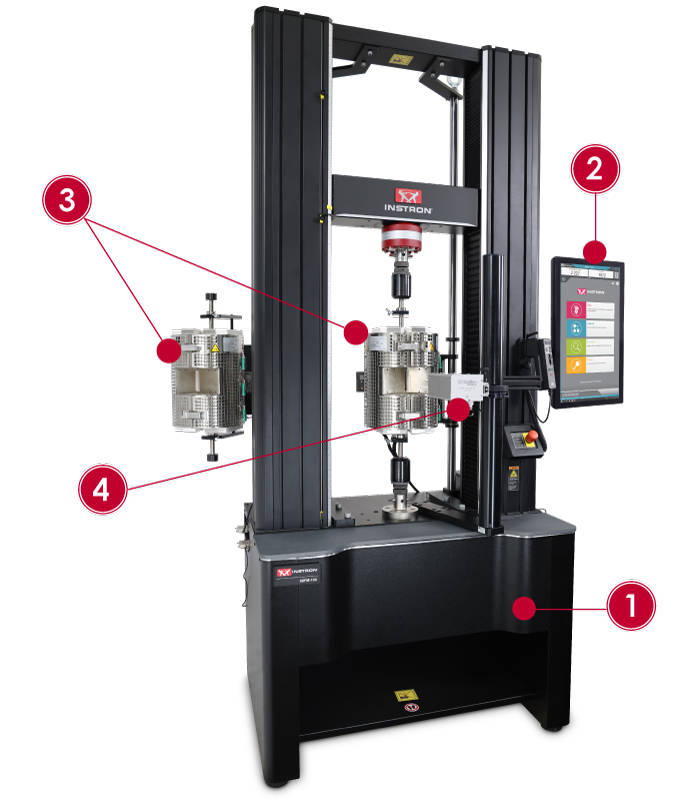ISO 6892に準じた、金属に対する引張試験の実施
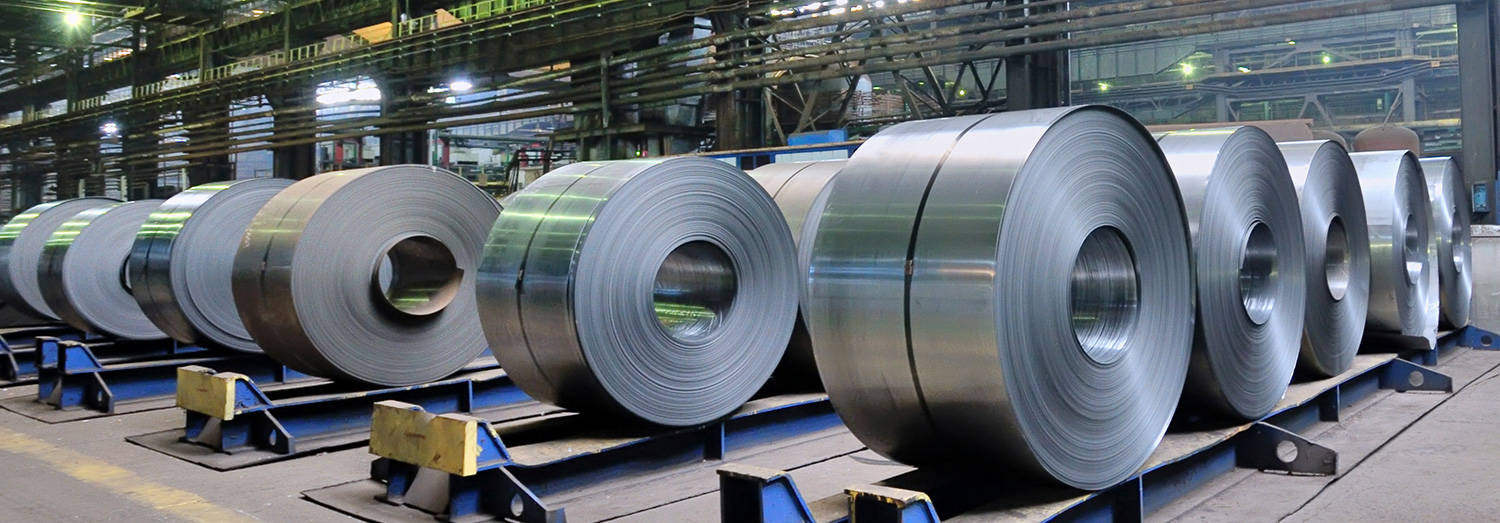
ISO 6892-1は、金属材料の常温での引張試験に関して、最も一般的に採用されている試験規格の1つです。この規格の最新版は2016年に発表され、A1法、A2法、B法の3種類の試験方法について説明しています。ISO 6892-1は、ASTM E8/E8Mと類似していますが、同等ではありません。このガイドは、ISO 6892-1引張試験の基本的な要素について、必要な試験装置、ソフトウェア、引張試験片の概要などをご紹介します。試験を計画している場合は、このガイドは規格全文に相当しないことをご理解ください。
規格の進化
ISO 6892-1:2016は、これまで数回、改訂が繰り返されてきた金属試験規格の現行版です。インストロンは規格委員会に積極的に参加しています。このため、当社の製品を規格に適合させ、当社のチームが今後の変更を把握することが可能になります。ISO 6892-1:2009は、旧ISO 6892規格とEN10002-1:2001規格を置き換えたものです。
ISO 6892-1の最も大きな進化の1つは、金属引張試験において重要な課題となり得る試験管理方法に大きく関係しています。この進化は、主にTENSTANDプロジェクトの一環として行われた作業によってもたらされたものです。同じ規格で試験を行っている異なる機械間の試験速度により、材料のひずみ速度感度に起因する、異なる結果がもたらされることが確認されました。2009年版では、ひずみ率に基づく試験速度(A法)が導入され、これが望ましい方法となりました。EN10002:2001から継承された従来の試験方法は、手動操作の機械に必要な弾性領域中の応力率を維持することに基づいていました。この従来の方法も維持され、2009年版の規格では「B法」となりました。
A法が導入されたことで混乱が生じました。多くのユーザーは、A法はクローズドループひずみ制御が可能な装置でしか実現できないと考えていましたが、実際にはクロスヘッド速度を一定にすることで実現できることがわかりました。この状況を明確にするため、ISO 6892-1は現行版であるISO 6892-1:2016に再度改訂されました。2016年版では、A1法、A2法、B法の3つの試験方法があり、従来のA法は、A1法(クローズドループひずみ制御)とA2法(クロスヘッドスピードの一定化)という、2種類の試験方法に明確に分けられ、B法は引き続き弾性領域中の応力率の維持に基づくものとなっています。応力制御を維持しなければならない試験範囲を明確にするため、B法に注釈を追加しました。以下のビデオで、A1法についてより詳しく説明しています。
測定の対象となるもの
ISO 6892-1は、常温であらゆる形態の金属材料の引張特性を測定します。管理された条件下で行われる試験は、摂氏23度±5度の温度で行う必要があります。ISO 6892-1ではさまざまな引張特性を測定しますが、最も一般的なものは以下の通りです。
降伏強度 - 材料が永久に変形するときの応力 ISO 6892-1は上下降伏強度の両方を規定しています。降伏現象に応じて、不連続的に降伏する材料に対しては上下降伏強度の要求事項、連続的に降伏する材料に対してはオフセット降伏法を指定します。
降伏点伸び - 不連続降伏する材料にのみ適し、不連続降伏の開始時と終了時の試験片の伸びの差(応力の増加なしに歪みが増加する領域)を表します。
引張強度 - 材料が引張試験中に維持できる最大力または応力。
絞り - 材料の延性の測定法 試験片の元の断面積と試験後の最小断面積の試験後の差で、通常は元の断面積の減少率で表されます。最小断面積は、破断時または破断後に測定することができます。
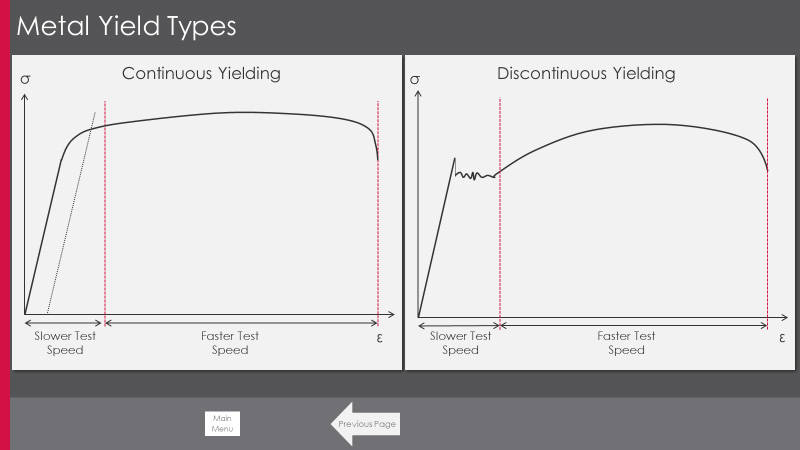
試験片
金属材料は使用される用途が非常に広いため、ISO 6892-1はさまざまな種類の試験片に対応しています。主な試料の種類は、シート、プレート、ワイヤー、バー、チューブなどです。試験片の準備と測定の詳細については、付属書をご覧ください。
付属書B:薄手の製品(厚さ0、1、3 mmのシート、ストリップ、平板)に使用する試験片の種類。
付属書C:直径または厚さが4 mm未満のワイヤー、棒材、切片に使用する試験片の種類。
付属書D:厚さが3 mm以上の板および平板、直径または厚さが4 mm以上のワイヤー、棒材および切片に使用する試験片の種類。
材料試験システム
ISO 6892-1の試験はさまざまな金属に対して行われるため、システム応力の要件は大きく異なる可能性があります。試験機の荷重測定システムは、ISO 7500-1クラス1以上に準拠する必要があります。Instron® 6800シリーズは、金属薄板(10kN)から鋼板(600kN)までの試験に適した試験フレームを提供しています。6800シリーズは、予荷重ベアリング、精密ボールネジ、非常に高い剛性を持つクロスヘッドとベースビーム、低伸縮性のドライブベルトなど、優れたロードフレームを提供します。これらの機能により、高精度の結果を得ることができる、全体的な高性能を実現しています。また、この機能は試験中に蓄積されるエネルギーを最小限に抑えることができ、特にISO 6892-1に準拠した高強度金属材料の試験で顕著に現れます。
グリップ
ISO 6892-1試験に適したさまざまなグリップ技術(くさび式、油圧式、空気圧式など)がありますが、これらはすべて、試験片にクランプ力を与える方法によって、比例型と非比例型に分類することができます。
比例グリップでは、試験片にかかる力が引張荷重に比例します。試験中に引張荷重が増加すると、試験片のグリップ力も増加します。比例グリップの一般的なオプションである、くさび式グリップは、手動、空気圧、油圧といった種類があり、さまざまな試験用途に対応できます。くさび式グリップの形状は、比例した圧力をかけることができるようにできています。試験片に引張力が加わると、試験片はくさびの最も狭い部分に強く引き込まれ、グリップ圧が高くなります。
非比例グリップでは、試験片にかかるクランプ力は一定で、引張荷重に依存しません。これは、クランプ力が試験片の引張負荷とは直接関係のない動力源によって生成されるサイドアクショングリップや疲労試験用油圧くさび式グリップに典型的なものです。この供給源は、通常、高圧(210 bar/3000 psi以上)の油圧供給源です。非比例式グリップの利点は、一般的にクランプ力をより調整できることであり、より多くの潜在的なアプリケーションの利点があります。たとえば、機械加工されていない試験片を試験する場合、微調整を行うことで最適なグリップ圧を実現し、早期破損の原因となる応力集中を最小限に抑えることができます。
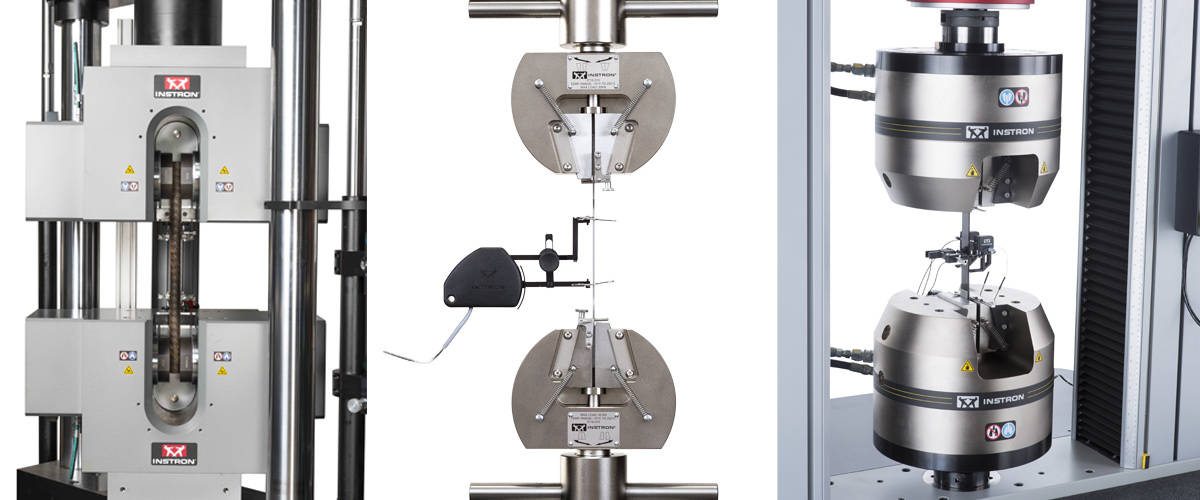
伸び計
ISO 6892-1の試験で一般的に使用される伸び計には、クリップ式、非接触式、自動接触式伸び計の3つのタイプがあります。伸び計は、必要な計算に応じて、ISO 9513のクラス1または2に準拠したものを使用する必要があります。一般的には、2630シリーズなどのクリップ式伸び計が使用されています。これらのデバイスは、非常に正確で安定したひずみデータを提供することができ、一般的に他のタイプよりも安価で購入することができます。また、高い試験処理数の試験室でも使用できる堅牢さを備えるとともに、試験中に除去しなければ、高容量の金属試験片の破損による衝撃を吸収できなくてはなりません。
AutoX750のような自動接触式装置では、繰り返しクランプ力と配置が可能なため、クリップ式伸び計を手動で配置する際のばらつきを抑えることができます。また、自動接触式装置は複数のゲージ長に対応できるため、さまざまな種類の試験片を試験する必要があるユーザーにとって、高いコスト効率を実現します。AutoXは、破断するまで、試験の最初から最後までオンの状態を維持する堅牢なつくりとなっています。しかし、Bluehill® Universalソフトウェアと組み合わせると、試験片が破断する直前にAutoX750を自動的に取り外すように設定し、ナイフエッジの過剰な摩耗を防ぐことができます。
AVE 2自動ビデオ伸び計のような非接触式装置では、伸び計が試験片に物理的に接触することで発生する影響を取り除くことができるという利点があります。たとえば、包装用金属のように試験片が非常に薄い場合、クリップ式装置の重量で結果が大きく変わってしまうことがあります。また、壊れやすい試験片に装置を貼り付けるためのナイフエッジは、試験片を傷つけ、早期破断の原因になることがあります。さらに、AVEは材料に接触しないため、高容量材料の試験でも伸び計の破損や摩耗の心配はありません。
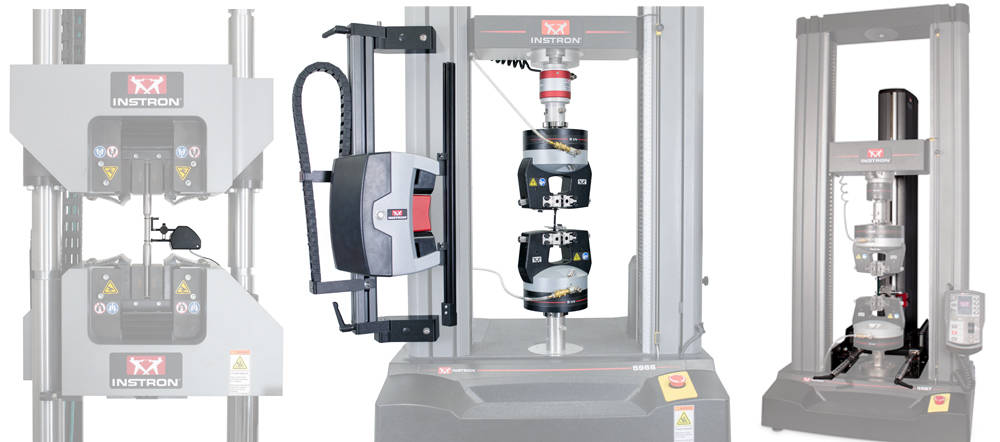
試験ソフトウェア
最近の試験機には、ほぼすべてソフトウェアがプリインストールされていますが、試験ソフトウェアで行われる計算がISO 6892-1に準拠しており、既存のデータと一致していることが重要です。すべてのソフトウェアが同じように作られているわけではなく、信頼できる結果を出すことができるかの理解が必要となります。
世界中の何千ものお客様が、Bluehill Universal®を使用して、ISO 6892-1に準拠した材料試験を行っています。ISO 6892-1試験に必要なすべての計算は、Bluehill Universalにあらかじめ設定されていますが、ゼロから独自のメソッドを構築したい場合は、手動入力した計算を構成して試験を簡単に行うこともできます。また、金属材料試験メソッドパッケージは、ASTM E8 / E8M、ASTM A370、ASTM 615、ASTM E646、ASTM E517、EN10002、ISO10113、ISO10275のすべての規格に対応した試験メソッドをあらかじめ用意しています。
試験処理能力
ISO 6892-1に準拠した試験を行う試験室の多くは、日常的に大量の試験片を試験する必要があります。そのため、試験処理能力の向上は試験室に非常に有利です。幸い、試験室の試験処理能力を向上させるために、数多くのオプションが存在します。ソフトウェアの設定のちょっとした変更によって、繰り返しの操作を削減したり、グリップや伸び計の中には、セットアップ時間を短縮し、再現性を高めることで、再試験の必要性を低減できるものがあります。最後に、試験工程全体を完全に自動化するオプションがあり、オペレーターの操作なしで数時間にわたって試験を実行することができます。
